Breaking Barriers: Assessing Diversity in Australia’s STEM Landscape
The realm of Science, Technology, Engineering, and Mathematics (STEM) has long been at the forefront of innovation and progress, shaping the future of societies worldwide. In Australia, as in many other nations, STEM fields are considered vital drivers of economic growth and development. However, despite their critical importance, the Australian STEM landscape is characterized by a complex tapestry of diversity and disparity, as revealed by recent statistics.
In this article, we delve into a comprehensive examination of diversity within Australia’s STEM sector. These statistics paint a vivid portrait of underrepresentation and inequalities that persist across multiple dimensions of diversity, including gender, Indigenous representation, and cultural and linguistic backgrounds. From a startling gender pay gap to the lack of Indigenous students pursuing advanced STEM courses, these figures demand attention and action.
- Women make up only 28% of the STEM workforce in Australia. (Australian Bureau of Statistics, 2020)
- Indigenous Australians make up just 1.6% of the STEM workforce in Australia. (Australian Bureau of Statistics, 2020)
- People from culturally and linguistically diverse (CALD) backgrounds make up 20% of the STEM workforce in Australia. (Australian Bureau of Statistics, 2020)
- The gender pay gap in STEM is 21.3% in Australia, which is higher than the national average of 14.0%. (Workplace Gender Equality Agency, 2020)
- Only 16% of STEM university graduates in Australia are women. (Australian Government, 2018)
- Women are significantly underrepresented in senior leadership positions in STEM in Australia, with only 14% of STEM professors being women. (Australian Government, 2018)
- Indigenous students are half as likely as non-Indigenous students to complete year 12 physics and advanced maths in Australia. (Indigenous STEM Education Project, n.d.)
- The proportion of female students in information technology and engineering courses in Australia is only 16% and 18%, respectively. (Australian Government, 2018)
- Only 3% of STEM industry CEOs in Australia are women. (Australian Government, 2018)
- People from CALD backgrounds are less likely to pursue STEM careers in Australia due to language barriers and a lack of role models. (Australian Government, 2018)
- Here are some statistics on Diversity in STEM in Australia:
- Women make up only 28% of the STEM workforce in Australia. (Australian Bureau of Statistics, 2020)
- Indigenous Australians make up just 1.6% of the STEM workforce in Australia. (Australian Bureau of Statistics, 2020)
- People from culturally and linguistically diverse (CALD) backgrounds make up 20% of the STEM workforce in Australia. (Australian Bureau of Statistics, 2020)
- The gender pay gap in STEM is 21.3% in Australia, which is higher than the national average of 14.0%. (Workplace Gender Equality Agency, 2020)
- Only 16% of STEM university graduates in Australia are women. (Australian Government, 2018)
- Women are significantly underrepresented in senior leadership positions in STEM in Australia, with only 14% of STEM professors being women. (Australian Government, 2018)
- Indigenous students are half as likely as non-Indigenous students to complete year 12 physics and advanced maths in Australia. (Indigenous STEM Education Project, n.d.)
- The proportion of female students in information technology and engineering courses in Australia is only 16% and 18%, respectively. (Australian Government, 2018)
- Only 3% of STEM industry CEOs in Australia are women. (Australian Government, 2018)
- People from CALD backgrounds are less likely to pursue STEM careers in Australia due to language barriers and a lack of role models. (Australian Government, 2018)
As we reflect on these statistics, it becomes clear that addressing diversity in Australia’s STEM fields is not just a moral imperative but an essential step towards unlocking the full potential of innovation and progress for all.
